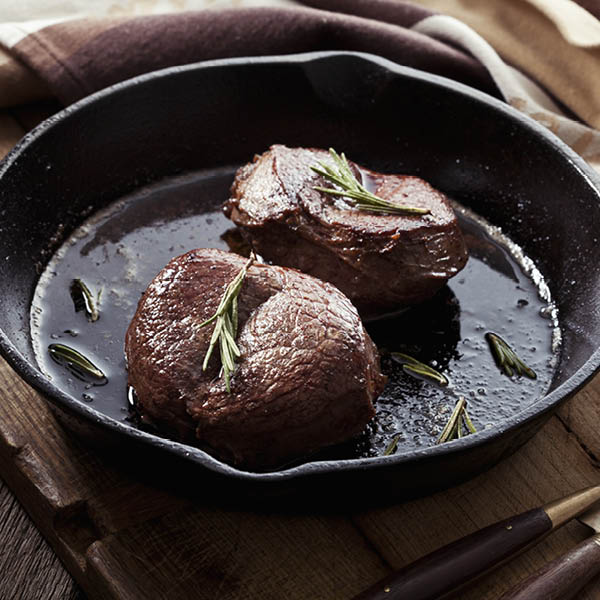It’s time we let go of our lager love and embraced the dark side.
We kiwis are creatures of the light – when it comes to our beer anyway. Thanks to the rise of craft beers there are more dark beers around than ever before and, as a nation, we are gradually dipping our toes into these murky but delicious waters. But we still have a long way to go.
Kurt Gross, beer ambassador for Lion, believes Kiwis tend to hold a couple of major misconceptions about dark beers making us a little reluctant to try them.
“Firstly I think Kiwi drinkers tend to lump all dark beers into one category; to think they’re all essentially the same. That couldn’t be less true, especially now.
“Just as there are lagers and pale ales and pilsners, there are lots of different dark beer styles like porters and stouts but also dark wheat beers and even black pilsners,” Gross says.
And that means there are lots of flavour profiles out there, from hints of chocolate and coffee to liquorice and burnt toffee.
Then there’s the fact that as a nation we also tend to be a little “all or nothing” in our approach to dark beer. We think that if we’re going to drink it, we have to drink the darkest, strongest imperial stout or nothing at all. And then we tend to try quaffing it like a lager on a steaming hot day instead of giving it the taste attention it deserves. “And then we wonder why we don’t like it!” says Gross.
“You can’t go from being a regular drinker of something like Corona to an imperial IPA; it takes time to get used to the stronger flavours.
“That is even more true of the jump to dark beer,” he says.
The best advice is to get advice. Talk to store owners and brewers whenever you get the chance about what your general beer tastes are and they will have some informed ideas on where you should start.
Gross says it’s also a good idea to treat dark beers much as you would fine wine and pay attention to the flavours. What do you taste first? What’s the after-taste? What are the aromas? Get your mates together for a blind tasting and pay attention to the flavours they detect compared to you. That way you’ll start to distinguish between different beers and find a style that’s for you. “Places like Beervana are perfect for trying new things; instead of just hunting out the beers you already know you like, challenge yourself to try something new. And there’s nowhere better to get good advice on finding a dark beer you’ll like,” he says.
Food Matches
- Stout and oysters
- Porter, gingernuts and blue cheese
- Try creating a steak marinade with your favourite dark beer, and complimentary flavours like orange marmalade, garlic, teriyaki sauce and ginger.
- Try adding to stews and casseroles; then serve with a glass of the same beer
- Dark chocolate: a good guide is to match the colour of the chocolate to the colour of the beer

PORTER versus STOUT
When it comes to the darker end of the beer scale it’s really between porter and stout, but what’s the difference? Well it turns out that’s the kind of question that causes hair pulling and family feuds, but here goes:
Historically, stout was used to describe the stronger versions of a traditional porter. The best way to describe them is perhaps as brothers. Both emphasise dark malts and in modern New Zealand craft beers stouts are perhaps slightly richer, sometimes made with oatmeal.
Let the debate start here!

